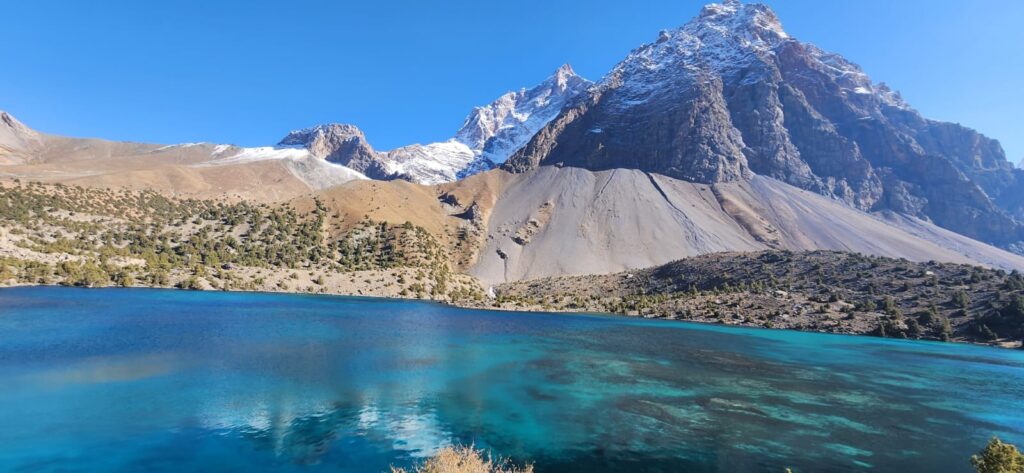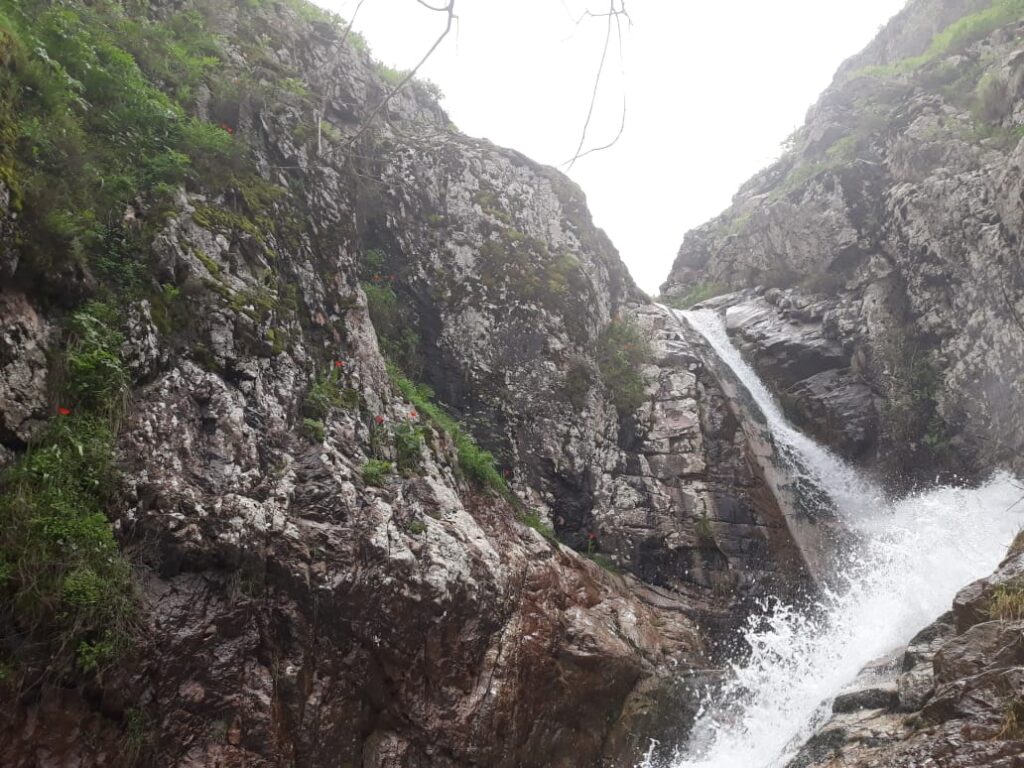The rivers of Tajikistan move fast. Snowmelt pours from glaciers, tumbling through gorges, twisting around boulders, white spray catching the light. For centuries these waters carved valleys, nourished fields, and gave rhythm to life. Today, they carry another kind of power: electricity. Hydropower plants line the Vakhsh and other rivers, their dams rising like walls of concrete against mountain backdrops. More than ninety percent of Tajikistan’s electricity comes from this source, making the country both rich in energy and vulnerable to its flows.
In the control rooms of the Nurek Dam, lights flicker across panels, turbines hum, and engineers monitor gauges with practiced eyes. Built in the 1970s, Nurek remains one of the tallest dams in the world, its reservoir stretching like a long blue ribbon across the valley. Downstream, families depend on its power for cooking, light, and heat. Yet the same structure that sustains life also embodies the paradox of dependence: when the water is low, the lights dim.
Electricity shortages are part of daily memory. In winter, when rivers freeze and demand spikes, households in rural districts sometimes face hours or even days without supply. Generators roar in bazaars; candles flicker in kitchens. Parents tell children to study quickly before darkness falls. According to the Asian Development Bank, nearly 70 percent of households outside major cities have experienced energy deficits during cold seasons (ADB, 2014). Hydropower abundance does not always mean energy security.
The river’s rhythm dictates the country’s rhythm. When snow melts, turbines spin faster, cities glow brighter, pumps lift water into fields. When flows decline, lives contract into dim evenings and cold rooms. Hydropower here is not only infrastructure, it is a seasonal pulse, an invisible metronome beating beneath every aspect of daily life.
Ambitions to harness this pulse are vast. The Rogun Dam, under construction upstream from Nurek, is envisioned as a project of national pride, promising to transform Tajikistan into an energy exporter. Billboards in Dushanbe show renderings of its soaring walls, presented as symbols of strength and independence. But such ambition carries weight. Downstream countries worry about water flows; environmentalists raise concerns about resettlement, seismic risks, and ecosystem shifts. For villagers relocated from Rogun’s valley, the future is uncertain, their ancestral lands traded for apartments on the city’s edge.
Hydropower is political as much as technical. Agreements with Uzbekistan and Kyrgyzstan hinge on how rivers are shared, whether for electricity in winter or irrigation in summer. Tajikistan contributes most of Central Asia’s water but negotiates constantly to balance needs. Each dam, each turbine, is part of a larger regional equation.
Climate change complicates everything. Glaciers that feed the rivers are retreating, their flows less predictable. Scientists warn of both floods from glacial melt and shortages from long-term decline (Siegfried et al., 2012). For a country whose energy backbone is water, these shifts are existential.
Yet resilience persists. Engineers modernize turbines at Nurek, farmers adapt pumping schedules, households insulate walls to save power. In summer, when the rivers run full, there is light, cool air from fans, and a sense of abundance. Standing on the bank of the Vakhsh, one feels the water’s force, endless and immediate, carrying both promise and fragility.
References
- ADB. (2014). Tajikistan’s Winter Energy Crisis: Sustainable Solutions. Manila: Asian Development Bank.
- Siegfried, T., Bernauer, T., Guiennet, R., et al. (2012). Will climate change exacerbate water stress in Central Asia? Climatic Change, 112(3–4), 881–899.
- World Bank. (2015). Tajikistan Energy Sector Diagnostic Review. Washington, DC: World Bank.








